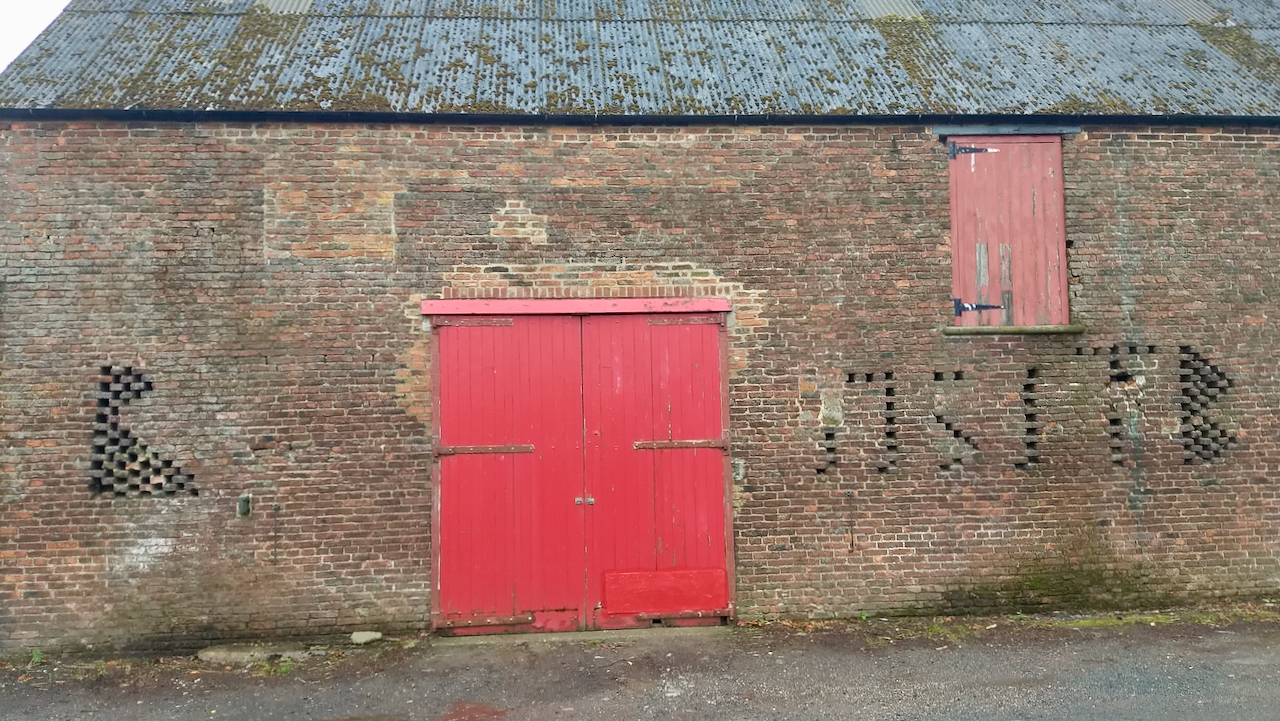Search results for: “Yoward”
-
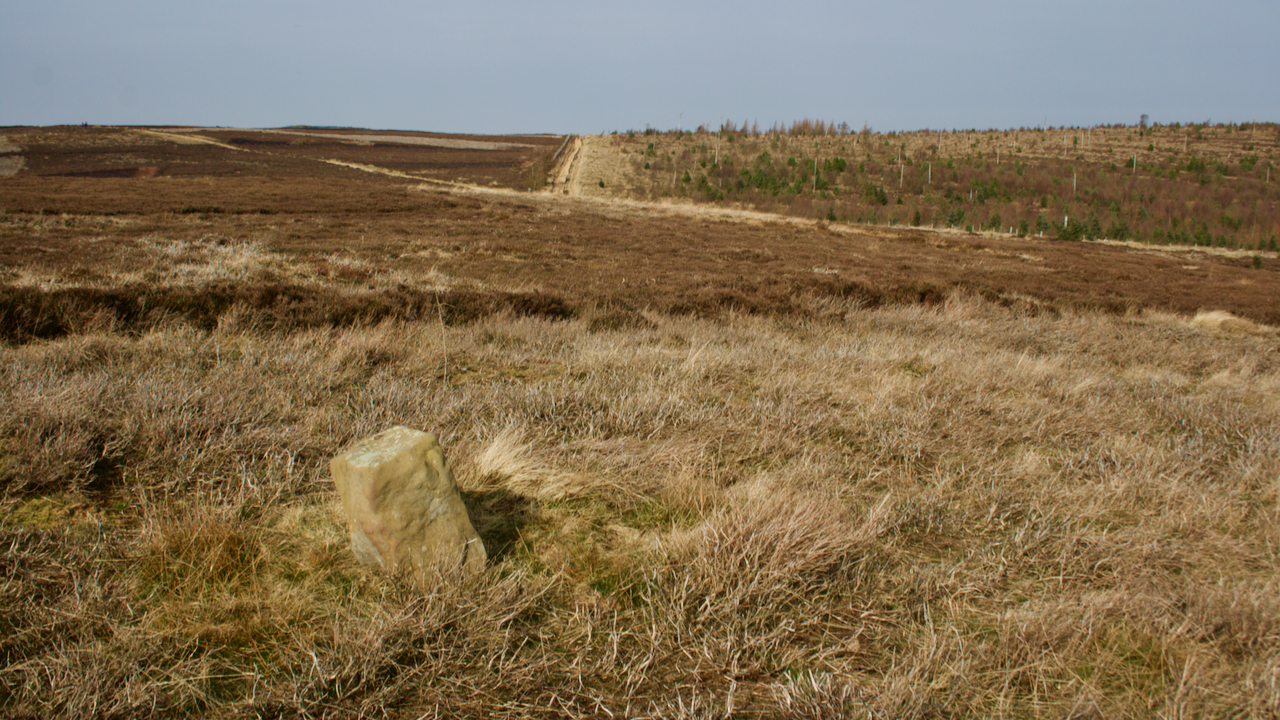
Side-tracked by the Trans-Atlantic Slave Trade
I am slowly getting around every boundary stone on these northern moors. This one is inscribed “RY 1752”, identical to the stone 600m or so to the south west. Ralph Yoward must have had a bulk buy. 1752 — George II was on the throne; the 11 days between 3rd and 13th September inclusive were…
-
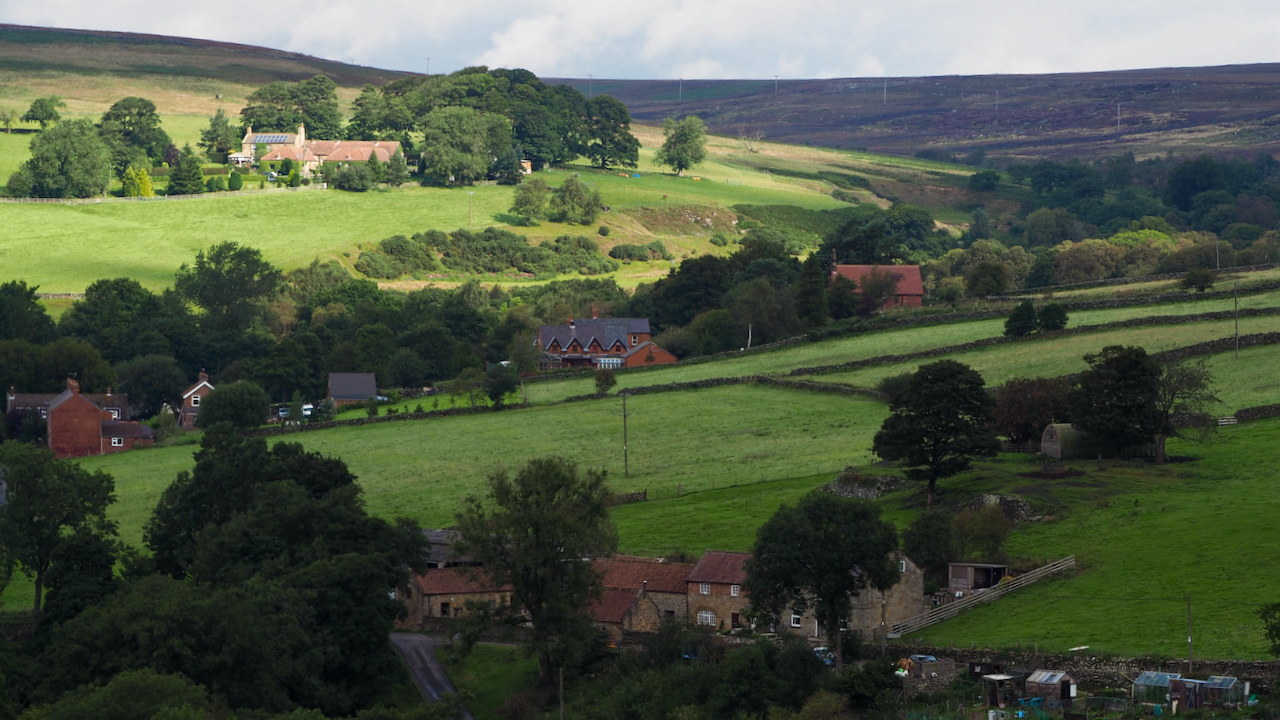
Skeldersceugh Farm
A view from the south of Commondale, named after Bishop Colman of Lindisfarne who had been a monk at Whitby in the 7th-century. Top left, basking in the sunshine, is Skeldersceugh Farm which is likely to be the site of Skelderskew Grange, a monastic grange of Guisborough Priory. The name was first mentioned early in…
-
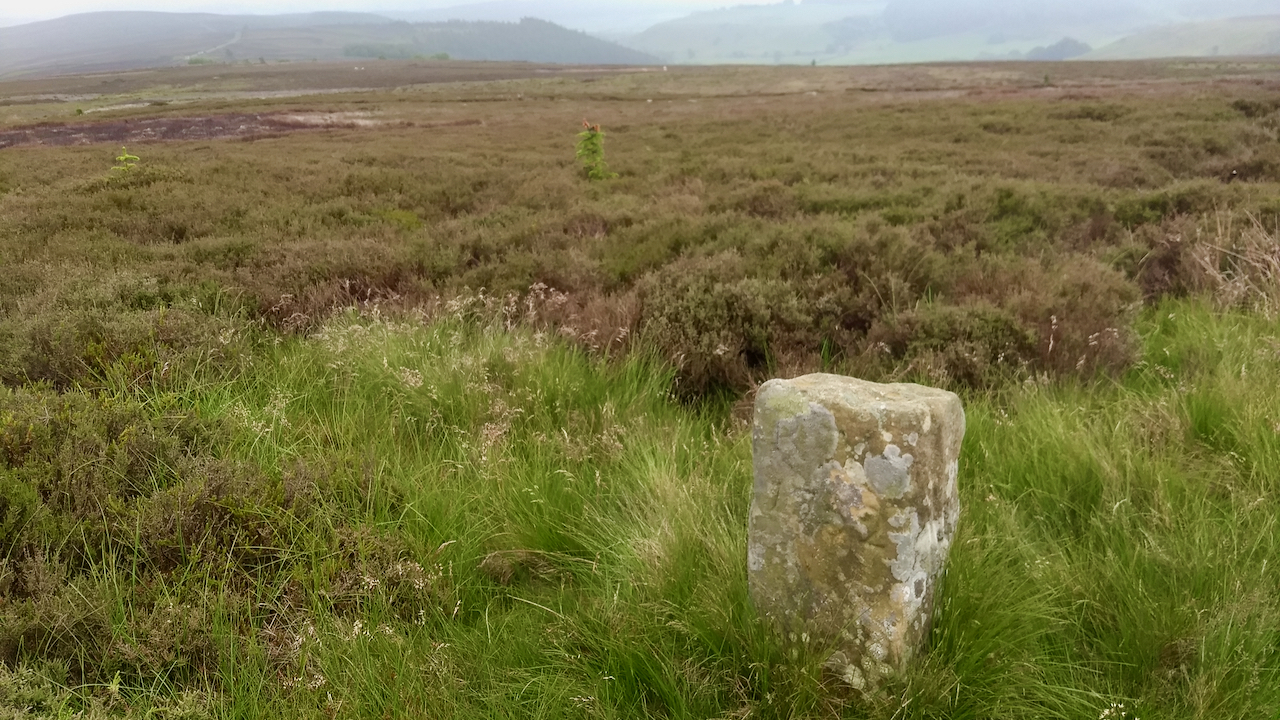
Boundary Stone, Great Ayton Moor
A roughly dressed boundary stone, probably limestone, and inscribed “RY 1752”. This probably stands for Ralph Yoward who became Lord of the Manor of Hutton following the death of his father in 1751. When Henry VIII dissolved Gisborough Priory in 1539, it was the fourth richest religious house in Yorkshire. The priory land at Hutton…
-
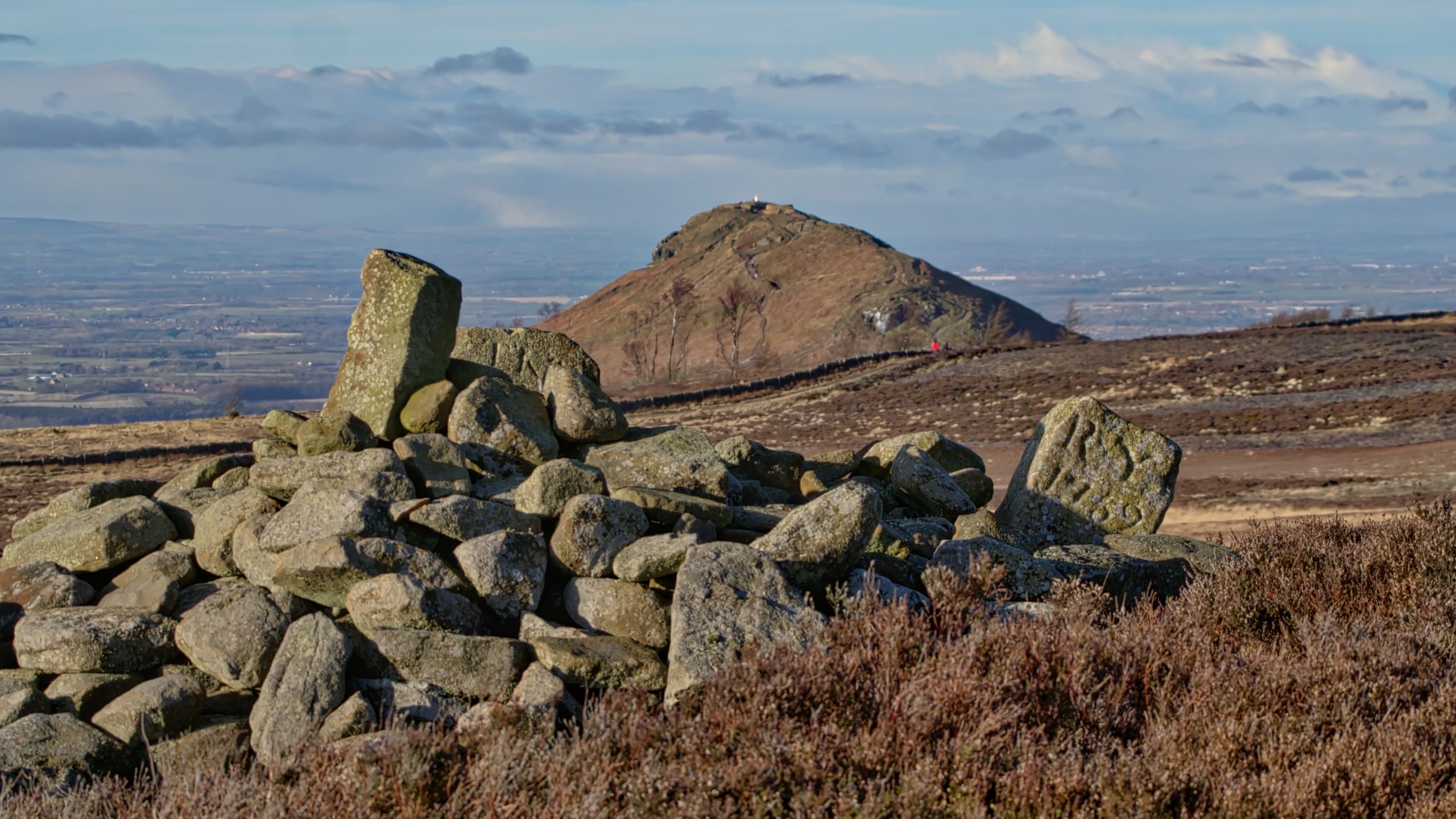
Cairn with two boundary stones
A glorious day. My attention was diverted by a pair of mewing buzzards but they kept too distant for my camera. So back to earth, on Newton Moor, one of a pair of Bronze Age round cairns with two partly buried boundary stones. One is inscribed “TKS 1815” and the other stone “RY 1752” on…
-
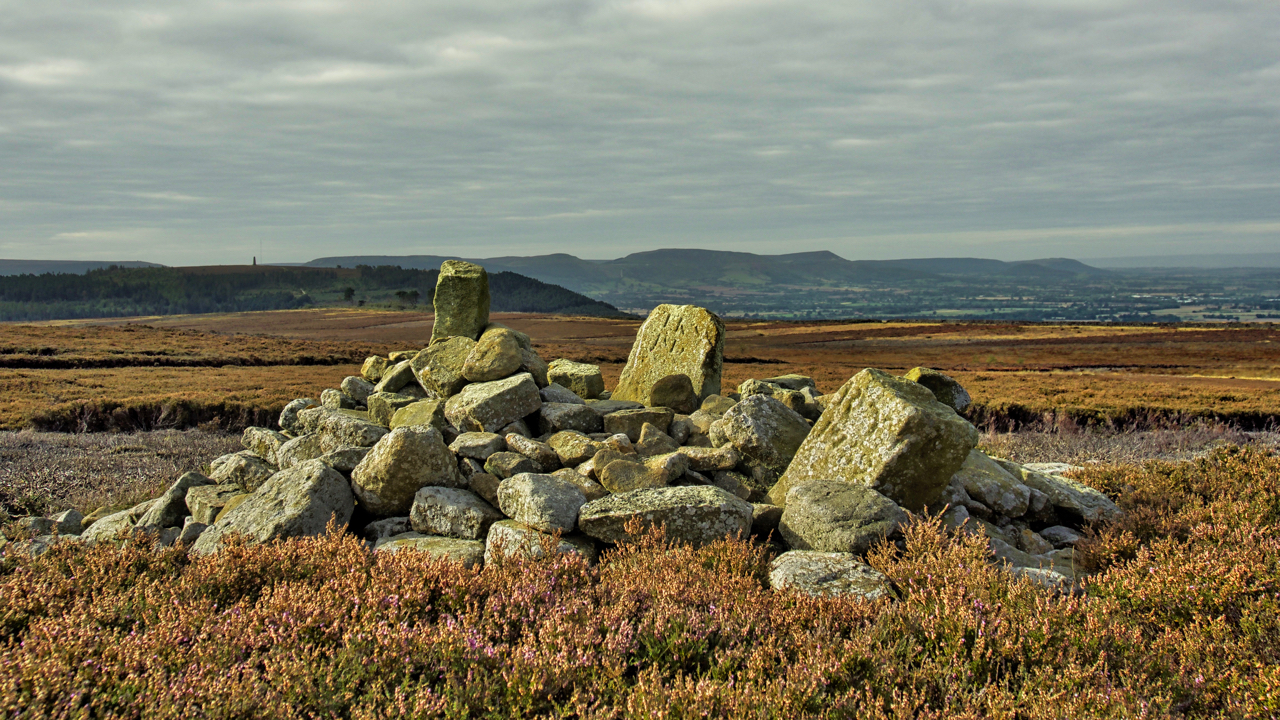
Two boundary stones and a Bronze Age round cairn
On Great Ayton Moor, a jumbled pile of stones on top of a Bronze Age round cairn and partly buried are two roughly dressed limestone boundary stones. One is inscribed “TKS 1815” while is inscribed “RY 1752” on the east side and “GN” on the west side. I don’t know about the “TKS” or “GN”…
